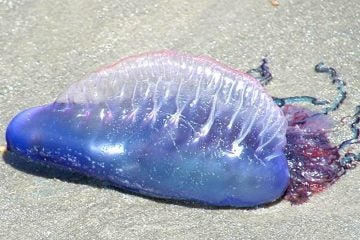Why sand doesn’t always look the same in New Jersey
-
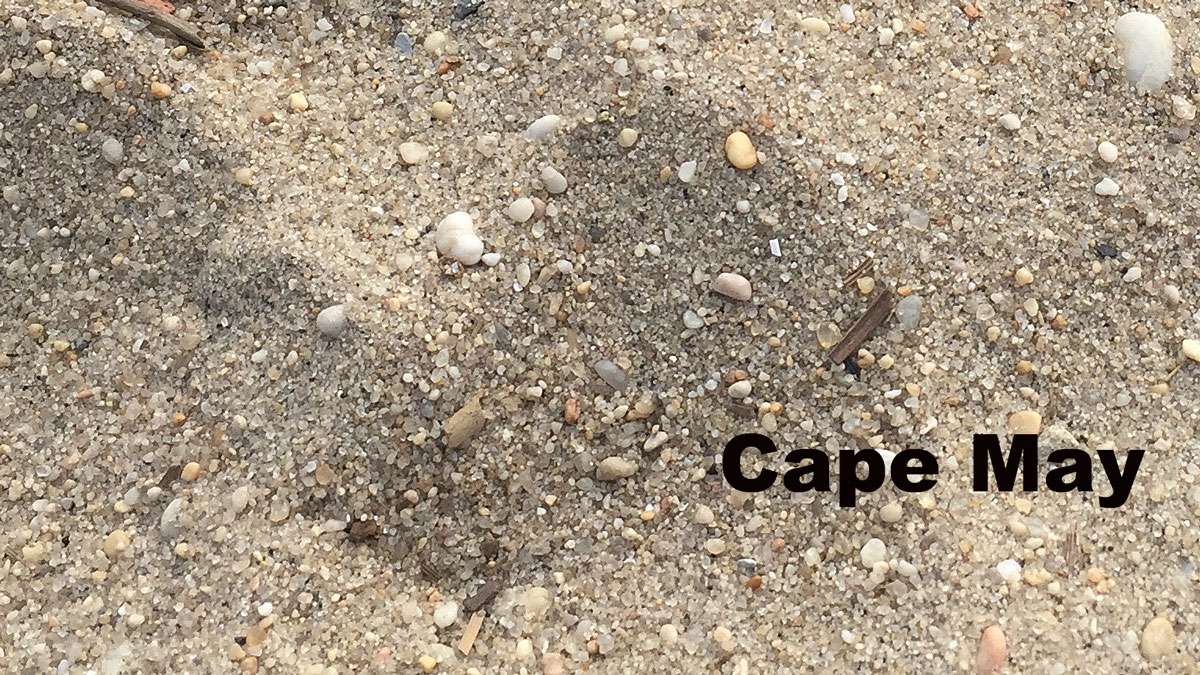
(Bill Barlow/for WHYY)
-
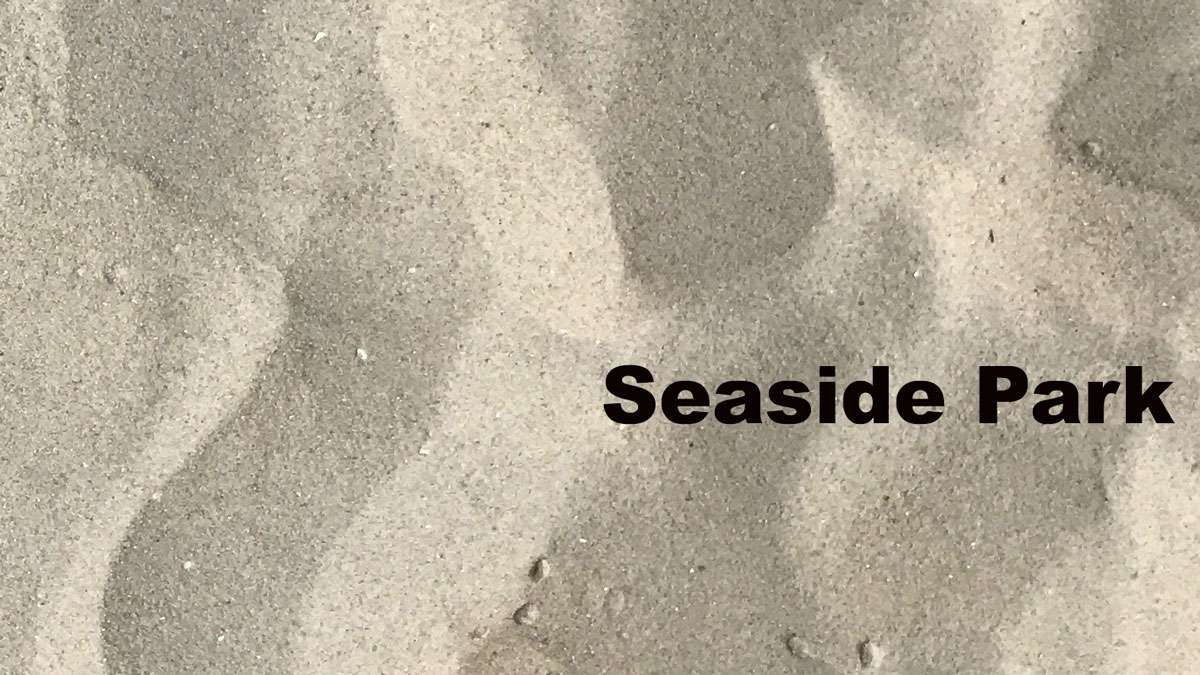
(Bill Barlow/for WHYY)
-
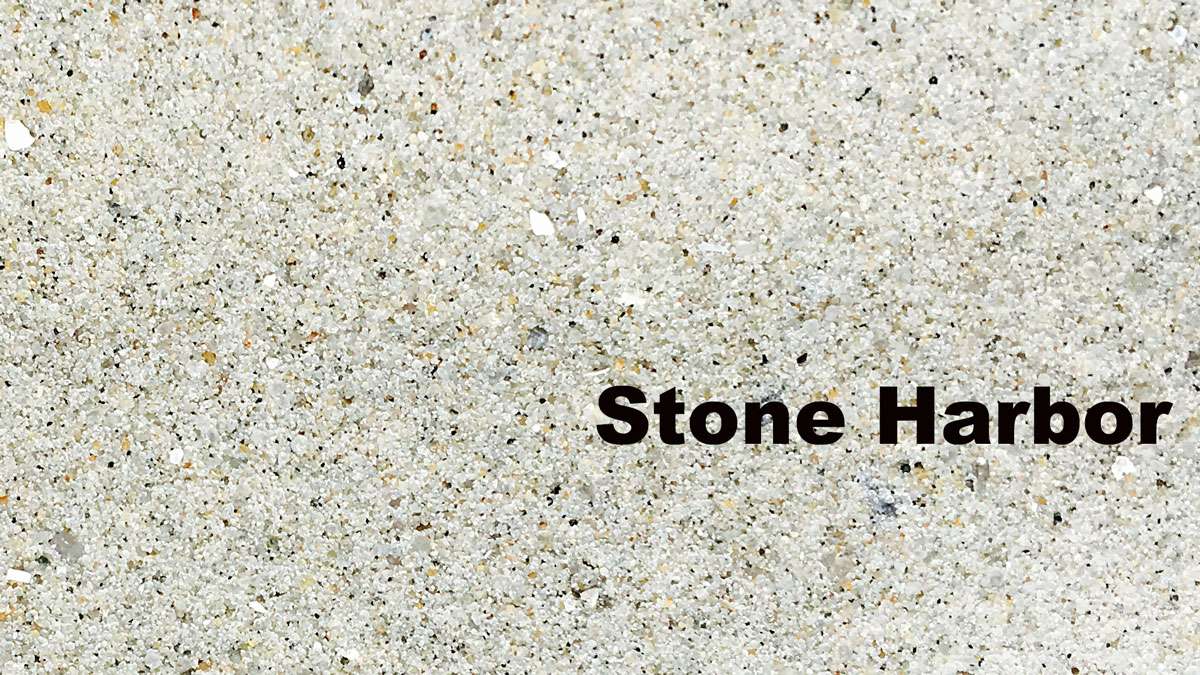
(Bill Barlow/for WHYY)
-
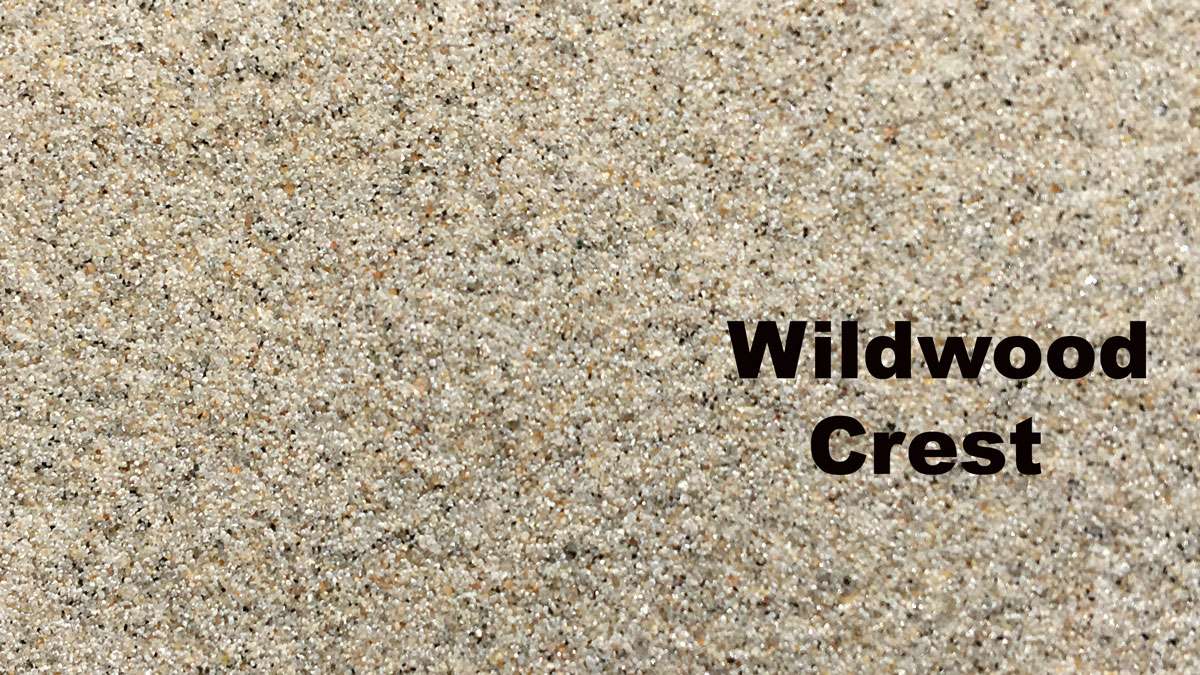
(Bill Barlow/for WHYY)
-
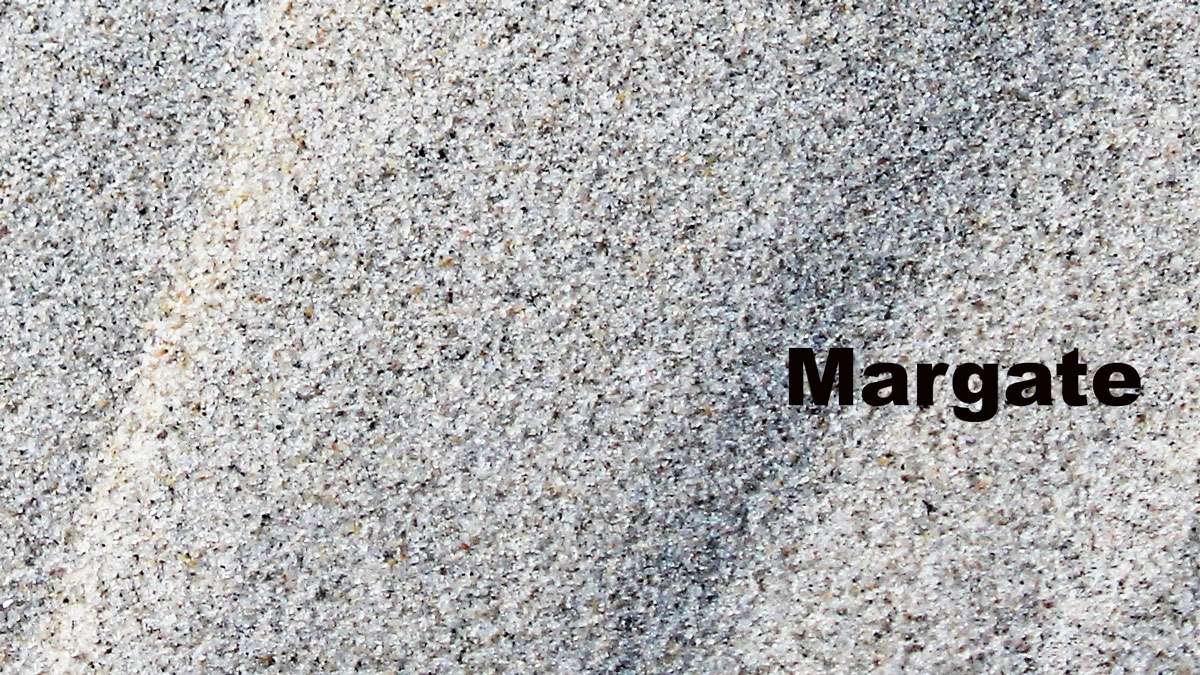
(Bill Barlow/for WHYY)
-
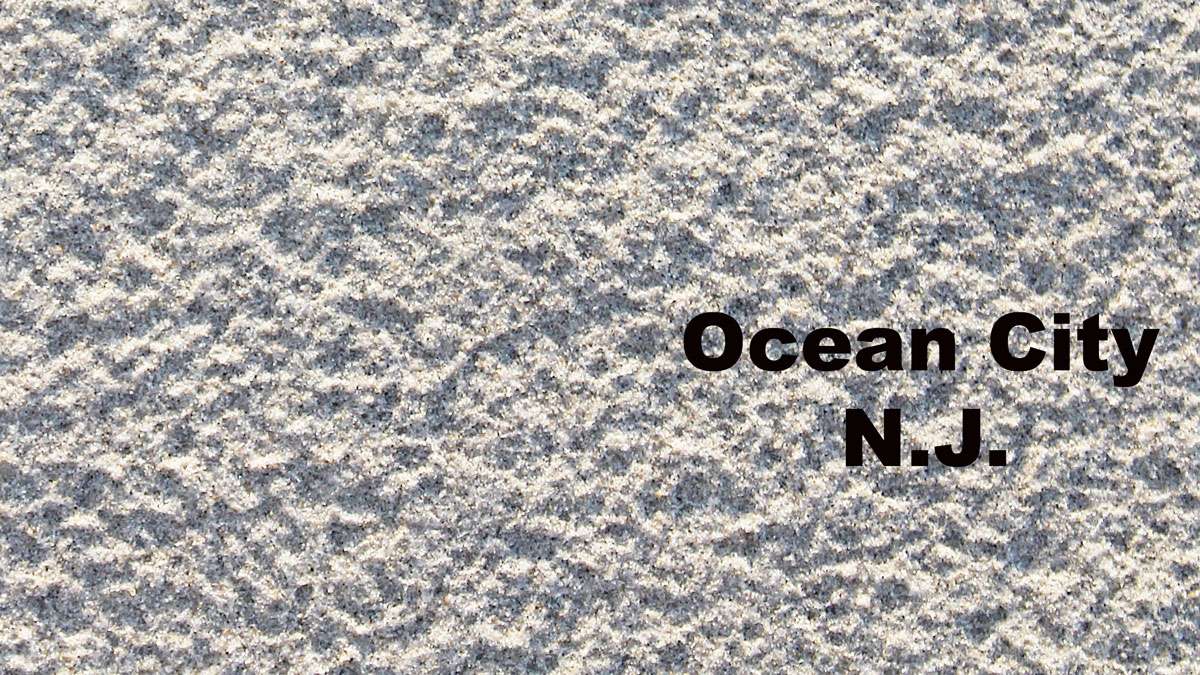
(Bill Barlow/for WHYY)
-
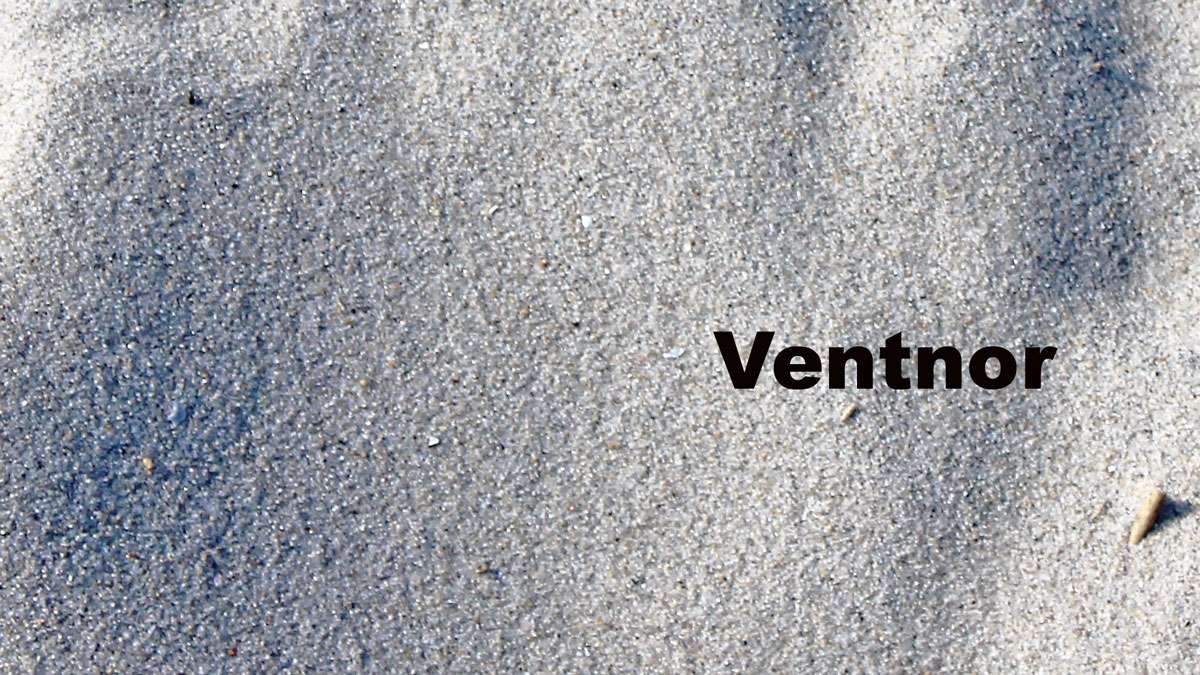
(Bill Barlow/for WHYY)
-
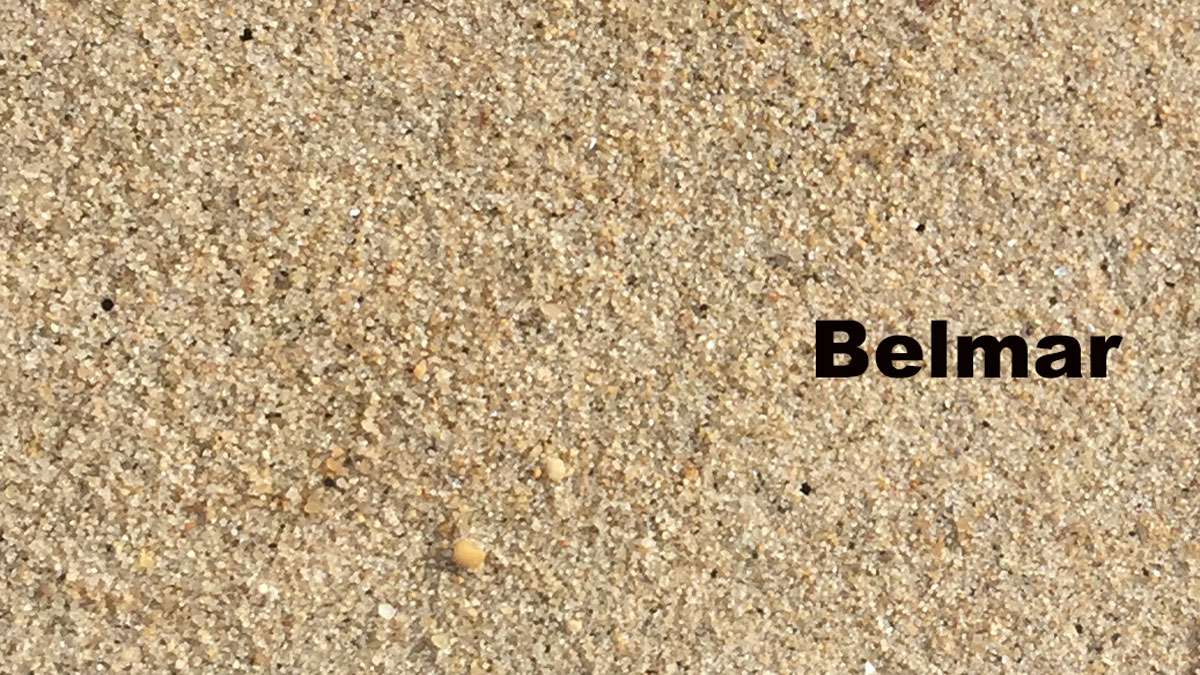
(Bill Barlow/for WHYY)
 Last week, a friend who grew up in California came to visit, and we spent a day on the beach on the south Jersey barrier island of Stone Harbor. “Wow,” he said, “This sand is so much softer than what you see in Malibu. Do they ship it from the Bahamas?”
Last week, a friend who grew up in California came to visit, and we spent a day on the beach on the south Jersey barrier island of Stone Harbor. “Wow,” he said, “This sand is so much softer than what you see in Malibu. Do they ship it from the Bahamas?”
It’s not a crazy question — Stone Harbor, where a baseball cap can run $50, is a town with the means to pull such a thing off. But it is an unusual question. Beachgoers don’t often ponder where the grainy stuff comes from, or why it can vary so much from jetty to jetty, or Parkway exit to Parkway exit.
Sure, we’ll passionately debate one another about which Jersey Shore beach has the most desirable sand. I recently crowdsourced an answer to that question on Facebook, and received replies ranging from LBI to Cape May. One friend bemoaned the fact that such a social media thread could go on for days, since it’s a topic as heated as the ethics of beach spreading or smoking near the surf.
While we disagree on which shore towns offer the most desirable sand, we do seem able, for the most part, to agree on what “desirable” means: white and powdery. These are such important criteria, we see them pop up as justifications for annual rankings of best shore towns, and we don’t so much as flinch when a friend suggests a tourism-dependent municipality would have imported sand from the Caribbean to achieve a certain consistency. (Spoiler: It didn’t.)
But, experts say, knowing where our sand comes from — and why the coarseness, color and angularity can differ so drastically — brings a new perspective to the discussion of which grains are the best grains. It may even be enough to alter your own mental ranking of best shore towns.
North versus south
Sand is largely comprised of rock that’s been broken down into minerals by water and carbon dioxide over thousands or millions of years, with some organic material (aka, dead creature bits) mixed in. Because quartz — a glassy, clear mineral — is particularly resistant to decay, it makes up the lion’s share of sand worldwide, and the lion share of every beach in New Jersey.
But sand isn’t just quartz — it’s this mineral, plus other minerals mixed in. In north Jersey, the makeup is largely quartz plus granite, a darker compound you’ll see appearing as black streaks along the beach following a storm. Further south, the makeup is largely quartz plus minerals magnetite and ilmenite (or titanium and iron oxide), according to Stewart Farrell, PhD, Director of Stockton University’s Coastal Research Center.
What does all this mean to the average beachgoer? The sand grains south of Long Beach Island are about half the average diameter of those found farther north. In other words, South Jersey’s beaches are, generally, finer and more white.
These trace minerals indicate the type of bedrock we can thank for our sand. In the north, the grains come from a 26-foot, eroding bluff that rises behind headland beaches from Long Branch to Bay Head. But in the south, the sand originated from a source 500 miles away.
“Originally, when dinosaurs roamed the earth, this sand came from the Appalachian Mountains, which used to be as tall as the Himalayas,” said Kenneth Lacaovara, PhD, Dean of the School of Earth and Environment at Rowan University. “Eroded particles washed down rivers and made their way onto the continental shelf. All of South Jersey comes from sediment once part of the Appalachian Mountains.”
Today, there is no external source of sand in south Jersey — most of it is simply recycled from the shoreface, or the portion of the seafloor where waves touch bottom. Unfortunately, as manmade climate change accelerates sea level rise, the ocean is becoming increasingly deep close to shore. Typically, a barrier island would migrate landward and upward to keep pace, but because development has disallowed this migration, we need to replenish our beaches with frequent dredging projects.
The Dredge Factor
So the sand of Jersey’s northern beaches differs from that of its southern beaches because the original source material is different. But why is there so much variation between beaches within these regions? For starters, manmade structures, like jetties and groins, can interrupt the flow of longshore currents that would otherwise deposit sediment from north to south, meaning humans have a great impact on sand quality. Windy, stormy weather is more likely to lift and move finer material, uncovering a beach’s denser, coarser grains. And beaches with more high-energy waves (read: surfing beaches) usually have a coarser sand profile, as the large swell here doesn’t allow finer particles to settle out.
Then there are the aforementioned replenishment projects meant to restore sand that’s been lost to Mother Nature. As recently as 18,000 years ago, Ice Age glaciers melted over frozen ground, and some of the gravel, pebbles and other sediment locked within these glaciers flowed south over present-day New Jersey. In fact, the Delaware River at this time was “basically the color of chocolate milk,” Farrell said. Oftentimes, the dredges that replenish our beaches tap into these so-called fluvial deposits offshore. In the winter of 2012, to the dismay of tourists, a $9 million replenishment project in Cape May deposited large rocks onto the beach, and a firm from Virginia was brought in – at a cost of $160,000 — to remove more than 3,000 tons worth. Dredging can also turn up organic material, which is darker in color than what Jersey shore goers may be used to, though it does usually oxidize out in the sun.
This replenishment practice can become a vicious cycle, as it doesn’t always restore the natural profile of a beach.
“Think of beaches like icebergs,” said Stephen Leatherman, PhD, an internationally renowned coastal expert who goes by the nickname Dr Beach. His favorite sand in New Jersey, for what it’s worth, can be found in Long Beach Island. “Ninety percent of a beach’s sand should be underwater. But when we dredge, we put the sand on shore, because it’s easier to survey this way, and easier to see how much the dredgers should be getting paid per cubic yard. But this is a lot like building a sandcastle – of course it’s going to wash away.”
Sand bias
But none of this explains why we’re so partial to certain types of sand. Why has soft and white become the gold standard at the Jersey Shore? And why does darker and pebbly equate to a beach non grata?
It’s true that finer sand is, according to Dr Beach, better for bocce ball playing, running, and building sandcastles. But sand that’s too fine — think mud-sized particles — has electrostatic forces that make it stick to your skin.
And while coarser grains may not be as comfy to recline on with a good beach read, their density can make a recreational beach less likely to erode. A variety of grain sizes — as opposed to the homogenous sand you’ll get from any tropical-beach-themed screensaver — also helps a dune to build, offering further protection. In Cape May, pebble-sized quartz crystals that have eroded from the Delaware Water Gap wash up on Sunset Beach. They’re so beautiful once they’ve been tumbled under water for hundreds of years, they resemble real diamonds for which a fanatical group of tourists and longtime collectors love to hunt.
Then there’s the darker color of some beaches. We’ve come to think of this sand as less pure or even dirty — you can thank ancient associations of the colors grey and black with filth and immorality for that — when it might just contain a heavy mineral content or a greater amount of organic material, something that attracts more birds and other wildlife, the very nature we claim to seek from a beach retreat.
Put another way, our notion of what constitutes good sand is largely a cultural construct.”Having a heterogeneous beach ought to be viewed as a positive,” said Jeffress Williams, PhD, senior scientist emeritus and research coastal marine geologist with the USGS Woods Hole Science Center in Massachusetts, who has conducted geophysical and coring studies in New Jersey. “It’s sort of the same thing with the general population. I think it’s more interesting to be in a population with diversity of people, of different demographics and backgrounds and experiences, rather than a uniform demographic. People need to recognize beaches are natural systems. You have to be open and flexible when experiencing them.”
So the next time you hear someone judging a beach in New Jersey for its sand quality, you may want to take that assessment with a grain of, well, sand.
WHYY is your source for fact-based, in-depth journalism and information. As a nonprofit organization, we rely on financial support from readers like you. Please give today.




